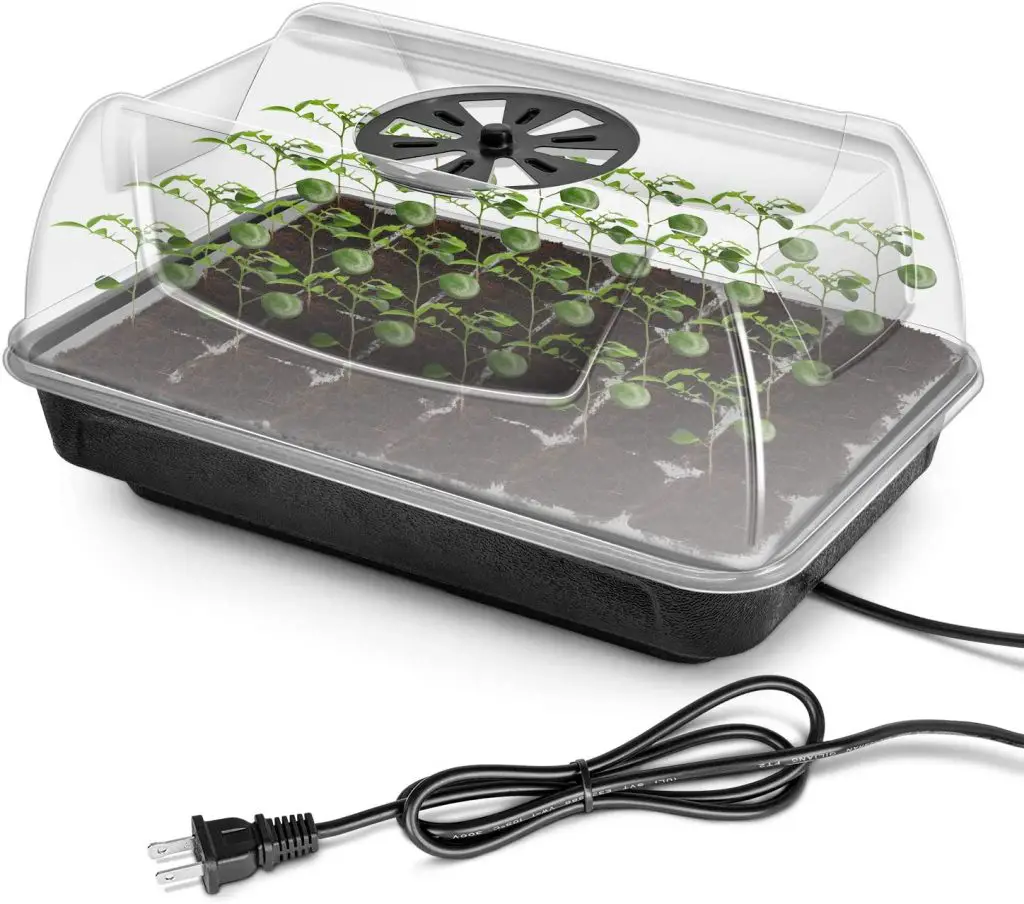Do Watermelon Seeds Need Light To Germinate? Watermelons are one of the most popular summer fruits that you can eat. There is nothing better than eating cold watermelon from the fridge on a hot summer’s day. Due to the popularity of watermelons, many people want to grow it at home and one of the most common questions that is asked by beginner gardeners is do watermelon seeds need light to germinate?
Watermelon seeds do not need light to germinate they will appear in the dark within a few weeks provided that the temperature is sufficiently warm. However, for the seedlings to continue to grow once they have appeared they do require light as the seeds only have enough energy stores within them to get the plant going. After those energy stores are exhausted the plant is reliant upon sunlight to photosynthesize to allow additional growth.
As a result of this watermelon seeds are typically sown at a depth of approximately half an inch and they typically germinate in 1 to 2 weeks provided that the temperature is greater than 68°F (20°C). The seeds are normally sown in early spring as this allows for a late summer harvest in most regions.
However, as the plants are frost-sensitive and require warm conditions to thrive the seeds need to be started off in seed trays in most regions.
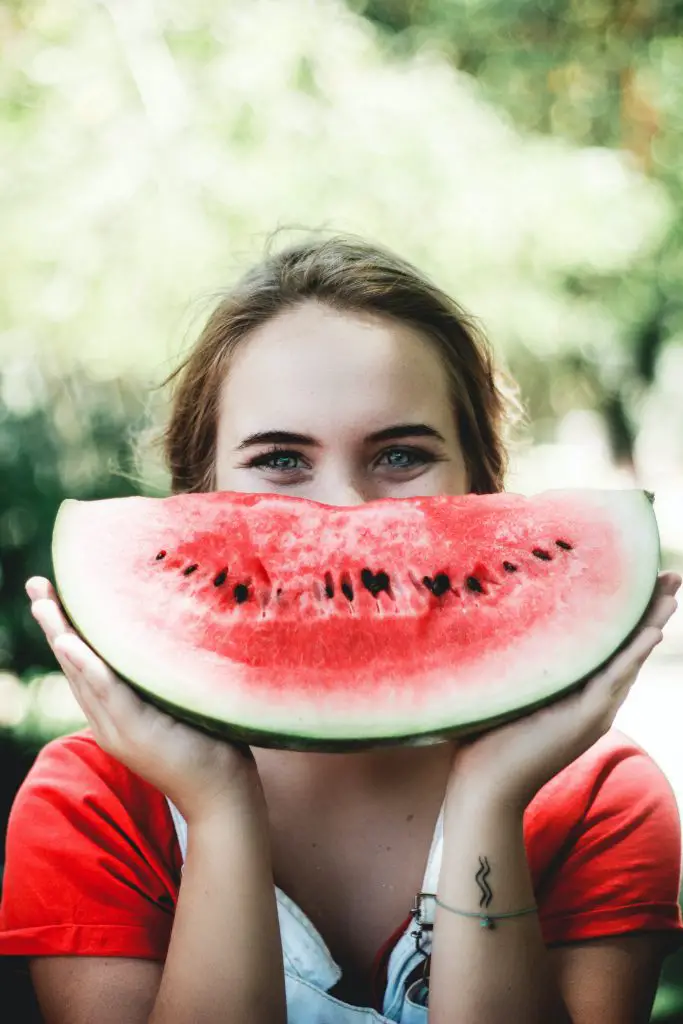
How To Grow Watermelon Plants
Watermelon plants are generally relatively easy to grow, though, like most members of the cucurbit family they do need temperatures of at least 68°F (20°C) degrees to really get going in the garden.
As mentioned above watermelon seeds are most commonly sown in seed trays at the start of the season though it is possible to sow the seeds directly. To start the plant off start by filling a seed tray with good quality seed raising mix and then firm the soil down into the individual cells to create solid plugs as this will make it easier to transplant the seedlings later on
It is best to plant 2 to 3 seedlings per cell to ensure that at least 1 seed germinates per cell. The seed tray should be placed in a relatively warm area inside. However, in areas that have very cold winters the temperature inside may fluctuate significantly between day and night so you may want to consider purchasing a heated seed tray as this will give you a high degree of control of the growing conditions.
If you are considering purchasing a seed tray we recommend that you select one that has a removable seed tray and a humidity dome. The removable seed tray is advantageous because it is usually the component that deteriorates first so being able to replace this component will extend the life of the unit.
The humidity dome is also an important feature as it helps to regulate the temperature and maintain a humid environment ensuring that the seeds get off to a very rapid start. To see the latest price on Amazon click on the link below.
Typically, seedlings will need to spend 6 weeks in the seed tray before they are large enough to plant out into the garden however this does vary depending upon the growing conditions.
Transplanting Watermelon Seedlings Into The Garden
Watermelon seedlings should only be planted outside once the temperature exceeds 59°F (15°C). Temperatures colder than that will mean that the growth is extremely slow and the plant will be susceptible to attack from slugs and snails for a longer period of time.
So if the conditions are not reliable it is advisable to pot the seedlings into a larger pot and continue to grow them indoors until the conditions are right. However, if you have conditions that are borderline and you want to plant out into the garden you may want to consider using a cloche or a row cover.
Cloches can be made at home easily by taking a milk carton and cutting the base of that milk and removing the lid. Placing this over the plant will typically increase the temperature by a few degrees, which, in many cases is significant in terms of allowing the plant to develop relatively quickly.
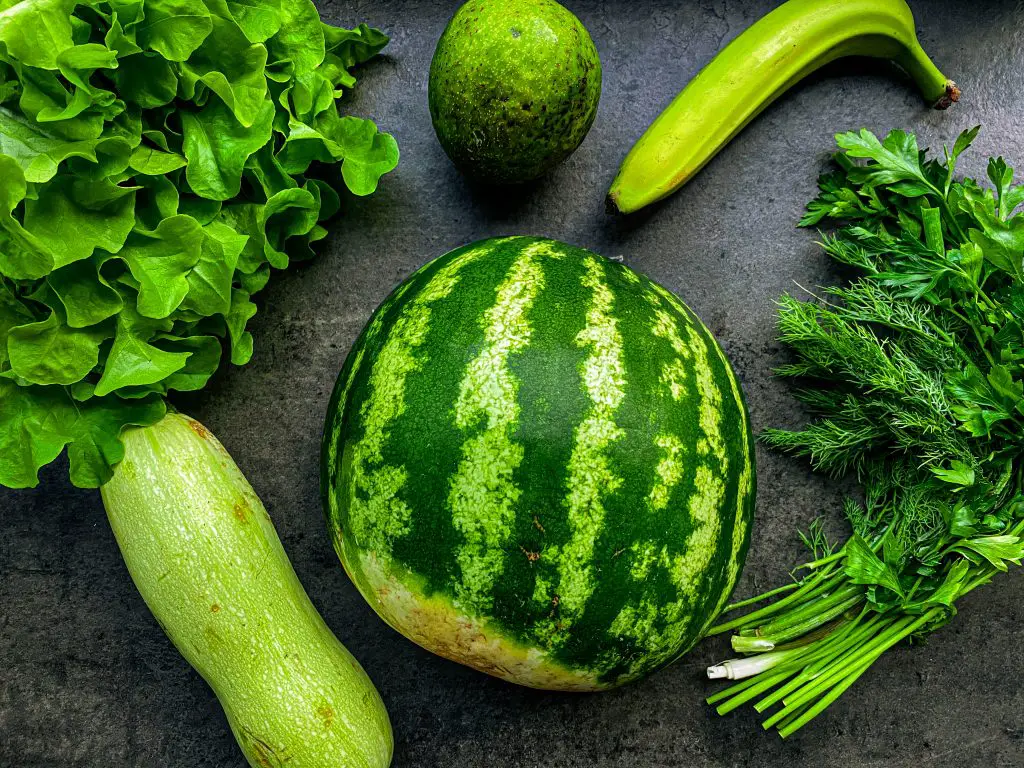
However, if you live in a region where the weather is unreliable for quite a long time in the growing season you may want to consider purchasing a row cover because it is significantly larger than a cloche which means that the plant can remain protected for much longer during the growing season.
The other advantage of using a row cover is that the temperatures within it will not fluctuate as much due to the increased size of the row cover compared to a cloche.
When planting out the watermelon seedlings they should be spaced between 2 and 3 feet apart as the plant will produce a trailing vine which will spread out. However, the vine is not anywhere near as vigorous as a pumpkin vine.
In terms of soil conditions, watermelon seedlings generally prefer a sunny location which has rich moist and free-draining soil that has plenty of nutrients. If you have any doubts about the quality of your soil it is advisable to add an extra bag of compost before you plant them into the garden.
As mentioned earlier it is also advisable to sprinkle snail bait around the seedlings as they can be susceptible to attack earlier on. Additionally, you may consider also planting corn in the same space as it will not interfere with the watermelon.
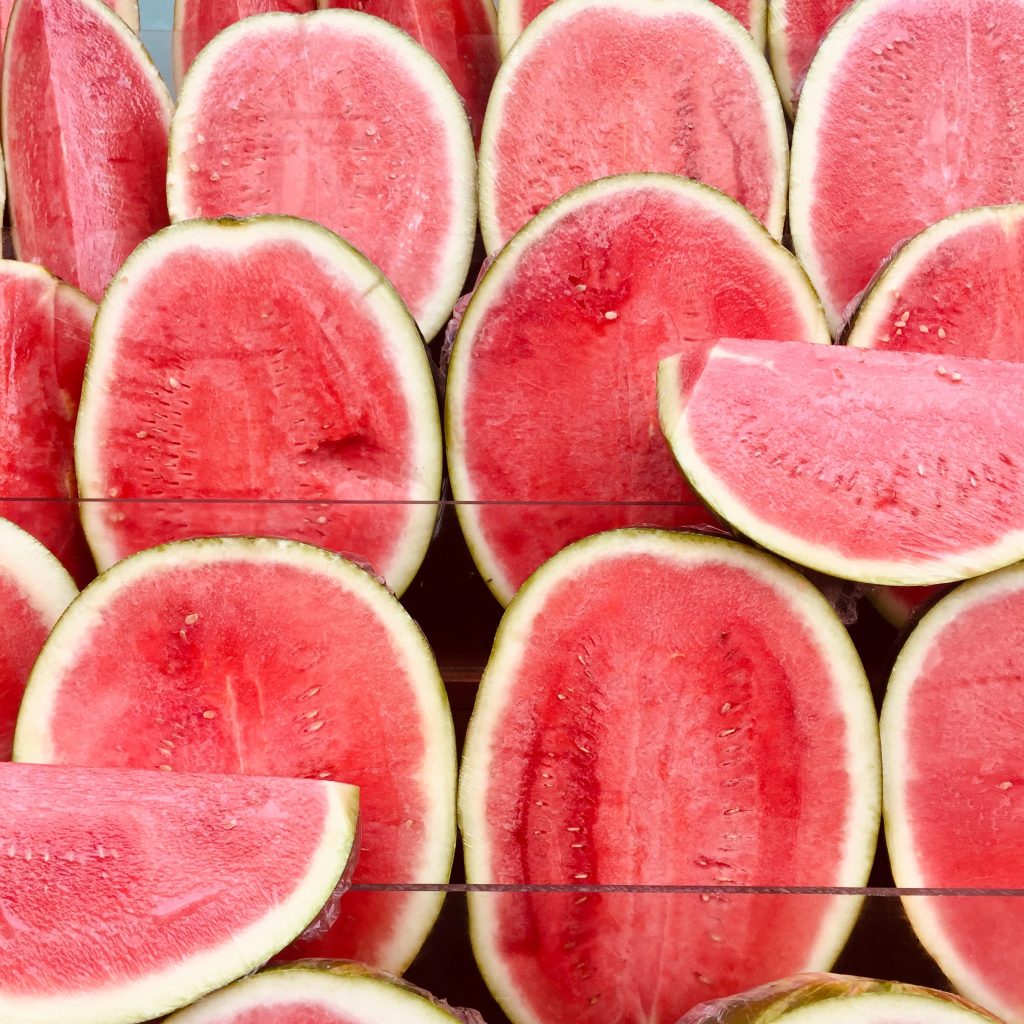
Caring For Watermelon Seedlings
Once the watermelon seedlings are in the ground the main maintenance job is to water the plant regularly and also maintain a weed-free bed. Apart from these two jobs the plants generally will grow happily by themselves without you needing to do too much.
Watermelons will typically produce 2 to 3 fruit per plant however this does vary significantly depending on the specific varieties that are grown. For more information on the yields of different varieties and how they have been rated in flavour tests click the link here.
Harvesting Watermelons
The trickiest part about growing watermelons is identifying when the melons are ripe and ready to pick as this can be difficult to tell if you are a beginner gardener. However, typically there are three key signs that most gardeners look for. The first is that the tendrils that are attached to the fruit will generally have become dried up and shrivelled.
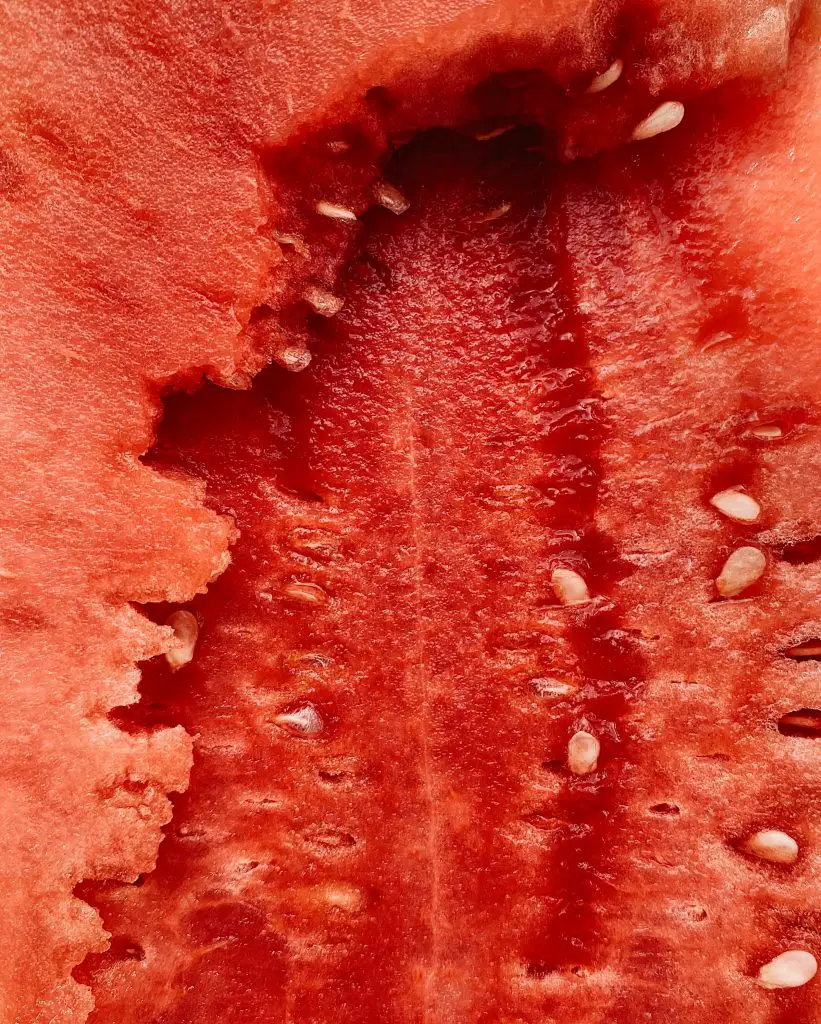
The second common indicator is that the watermelon will produce a hollow sound when you tap on the skin which is an indication that it is ripe.
The third indicator that is commonly used is to look at the bottom of the watermelon where it has been in contact with the ground. Typically, watermelons that are ripe will have a yellow colour rather than white which is also another indication that the plants are ready to harvest.
I hope you found this article useful and have great success growing watermelons at home in your own garden, if you have any additional questions or comments please leave them in the section below.
Relevant Articles
How Many Seeds In A Watermelon?
How Many Watermelon Per Plant?
Do Deer Eat Watermelon? And How To Stop Them
What is The Best Watermelon To Grow?

